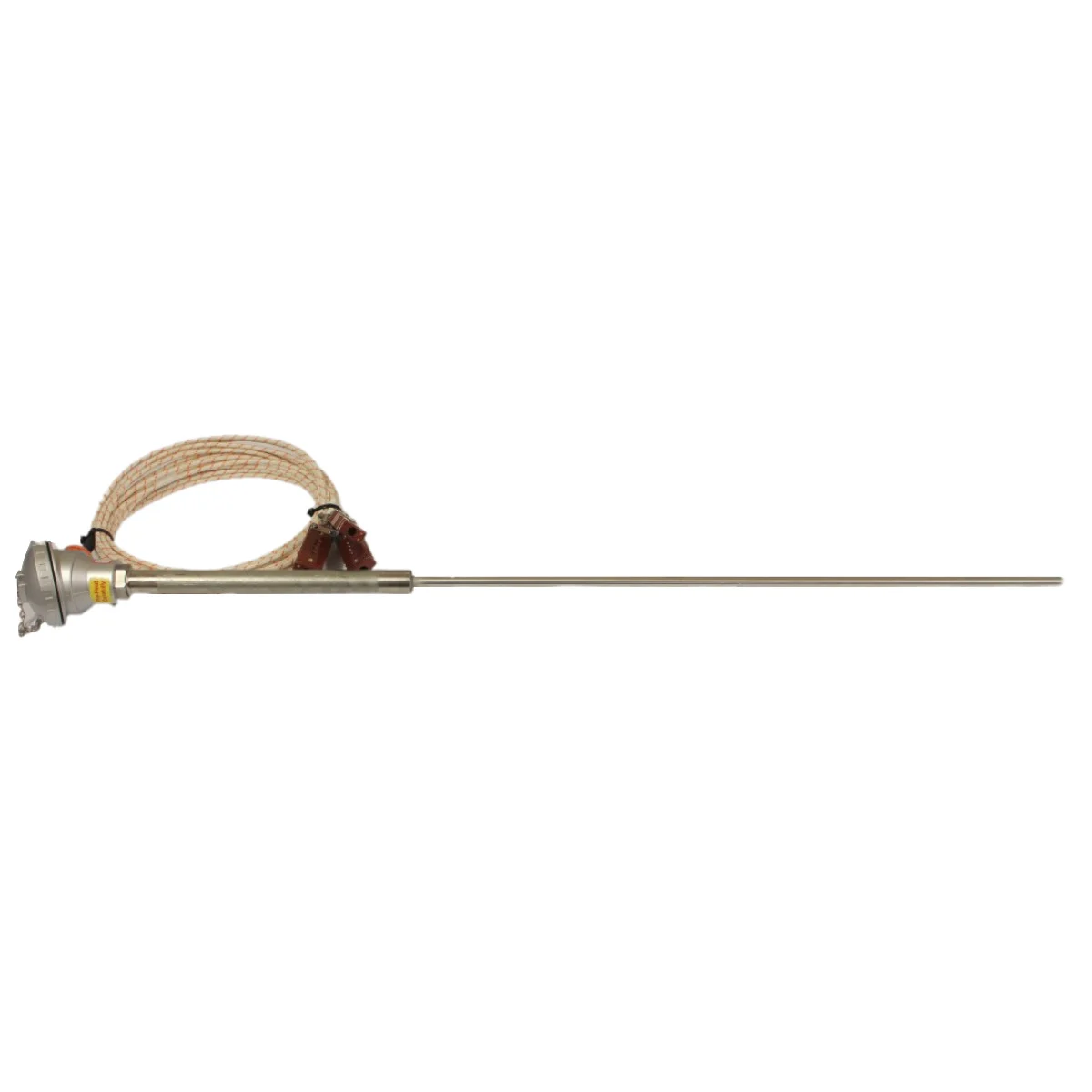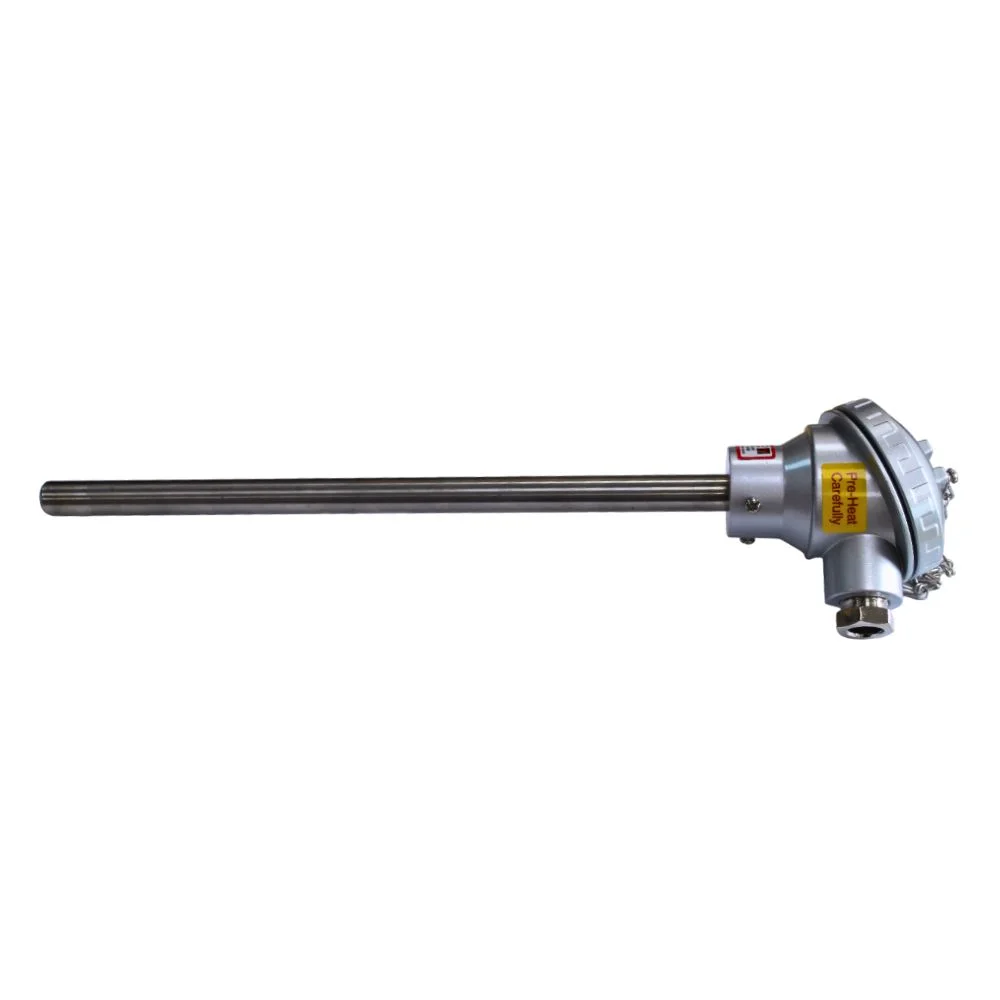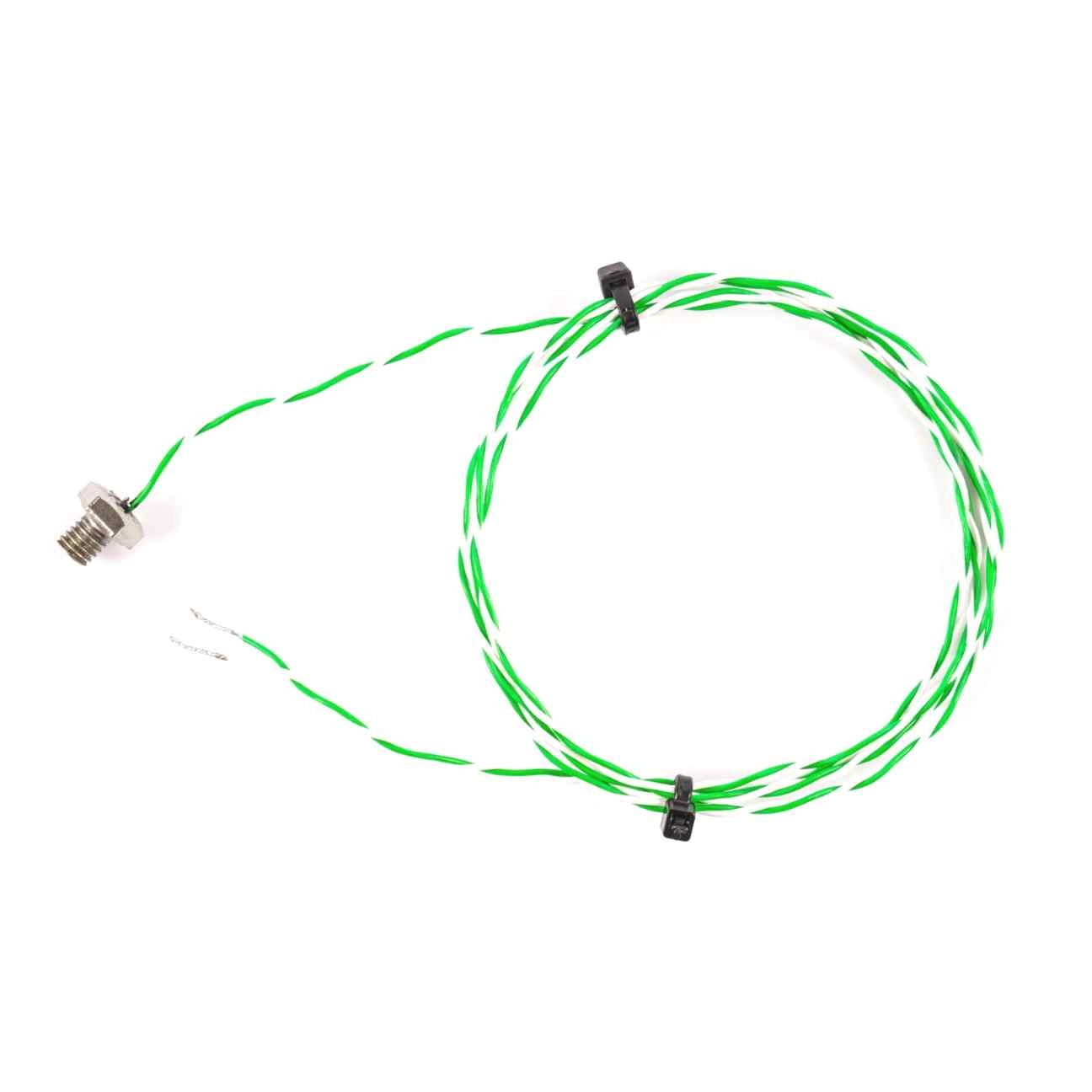What is the Thermoelectric Effect?
TL;DR — Quick Summary
The thermoelectric effect is the direct relationship between temperature and voltage in certain materials. When two different metals are joined at a junction, a temperature difference across them generates a small voltage. This principle, discovered by Johann Seebeck in 1821, is the foundation of thermocouples and other temperature-sensing technologies.
History of the Thermoelectric Effect
The thermoelectric effect was first observed in 1821 by Johann Seebeck, a German physicist. While experimenting with a junction of two different metals, Seebeck noticed a compass needle deflect. Initially, he thought this was caused by the Earth’s magnetic field. Later investigation revealed the deflection was due to an electric current generated by the temperature difference across the metals. This current became known as the thermoelectric force, and the phenomenon itself was named the thermoelectric effect.
What Is the Thermoelectric Effect?
The thermoelectric effect describes the link between temperature differences and the generation of voltage. It is most clearly observed in metals and certain alloys.
When two dissimilar metals are connected at a junction and exposed to a temperature difference:
- Electrons at the hot end move faster than those at the cold end.
- This creates an electrostatic force (thermoelectric voltage).
- The resulting electric potential can be measured with a voltmeter.
This effect occurs because the difference in electron energies between the hot and cold sides causes charge movement, creating a measurable voltage that is proportional to the temperature gradient.
Thermoelectric Materials
Materials that exhibit this behaviour are called thermoelectric materials. They contain free electrons that can move in response to temperature changes.
Common examples used in temperature sensors include:
- Nickel
- Platinum
- Rhodium
- Various alloys optimised for stability and sensitivity
Applications in Temperature Measurement
The thermoelectric effect is the core principle behind thermocouples, which are widely used in industries to measure temperature over a broad range.
- High-temperature applications often use thermally stable metals like platinum and rhodium.
- Different metal combinations are selected based on the temperature range and environmental conditions.
By simply measuring the voltage across the thermocouple junction, engineers can accurately determine the temperature difference between the measuring junction and a reference point.
Frequently Asked Questions (FAQ)
Who discovered the thermoelectric effect?
Johann Seebeck in 1821.
What is the Seebeck effect?
It’s the generation of a voltage across two dissimilar metals caused by a temperature difference — the key mechanism of the thermoelectric effect.
What is the practical use of the thermoelectric effect?
It’s the basis for thermocouples, which measure temperature in industrial, scientific, and everyday applications.
Why are alloys used instead of pure metals?
Alloys can offer better stability, resistance to oxidation, and optimised thermoelectric properties for specific temperature ranges.
Can the thermoelectric effect be reversed?
Yes — in the Peltier effect, applying a voltage across certain materials creates a temperature difference, enabling heating or cooling.
View our thermocouples
If you want to order a temperature sensor or you are unsure exactly what you need, get in touch and we can help you.





